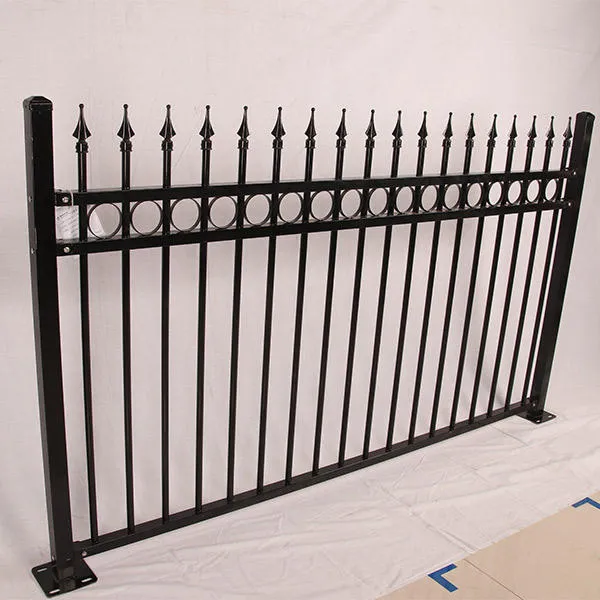Nov . 03, 2024 13:36 Back to list
reinforcing mesh
Understanding Reinforcing Mesh in Construction
Reinforcing mesh, commonly referred to as welded wire mesh, plays a crucial role in modern construction practices, offering enhanced structural integrity and durability to various types of concrete structures. This grid-like assembly of steel wires is designed to improve the tensile strength of concrete, which is inherently strong in compression but weak in tension. By incorporating reinforcing mesh, engineers and builders can create safer, more resilient buildings, pavements, and other structures.
One of the primary advantages of using reinforcing mesh is its ability to distribute stress evenly across a surface. Concrete, although robust under compressive forces, tends to crack when subjected to tensile loading or significant movements, such as settling or temperature changes. The mesh mitigates this issue by providing a framework that holds the concrete together, preventing the formation of large cracks and ensuring the longevity of the structure.
Reinforcing mesh is available in various sizes, materials, and configurations, which makes it versatile for different applications. Typically made from high-strength steel, it comes in sheets or rolls and can be used in slabs, walls, pavements, and even in precast concrete products. The spacing and diameter of the wires can be adjusted based on the specific structural requirements, allowing designers to customize reinforcement according to load conditions and environmental factors.
In addition to its structural benefits, reinforcing mesh also contributes to the efficiency of the construction process. It simplifies the application of concrete by reducing the need for additional reinforcement bars, which can be labor-intensive to install. The welded wire design allows for quicker placement since it can be laid out as is, minimizing the need for tying and securing individual rebar pieces. This not only speeds up the construction timeline but can also lower labor costs and reduce the likelihood of errors during installation.
reinforcing mesh

Another significant advantage of reinforcing mesh is its capability to enhance the performance of concrete in fire and seismic situations. The inclusion of welded wire mesh helps maintain the integrity of structures during high temperatures and can improve their behavior during seismic activity by providing added ductility. This is particularly vital in regions prone to natural disasters, where the safety and resilience of buildings are paramount.
Moreover, reinforcing mesh is an environmentally friendly choice in construction. As its production often utilizes recycled materials, its use can contribute to sustainable building practices. By improving the longevity of concrete structures, it ultimately reduces the need for repairs and replacements, leading to less material waste over time.
It’s important to note that the proper installation of reinforcing mesh is critical to its effectiveness. Construction professionals must ensure that the mesh is positioned correctly within the concrete mix, typically at a depth that adheres to design specifications. Insufficient placement may compromise the intended reinforcement, leading to potential failures in the structure.
In conclusion, reinforcing mesh is a vital component of modern construction, providing numerous benefits that enhance the strength, durability, and safety of concrete structures. Its efficiency in application, coupled with its ability to distribute stress and resist various forms of loading, makes it an indispensable tool for engineers and builders alike. As construction technology continues to evolve, the role of reinforcing mesh in developing robust and sustainable infrastructures cannot be overstated.
-
High-Quality Steel Grating Solutions for Industrial Applications | Durable, Safety, Customization
NewsJul.13,2025
-
Advanced Solutions-CompanyX|Enterprise Efficiency&Cost Reduction
NewsJul.13,2025
-
Sustainable Manufacturing-EcoTech Innovations|Waste-to-Energy System&Zero Emissions
NewsJul.13,2025
-
Welded Wire Mesh- Buildings Wiremesh Co., Ltd.|Durable Construction Material&Industrial Strength Solution
NewsJul.13,2025
-
Smart Production Solutions-Example Corp|AI Automation&IoT Monitoring
NewsJul.13,2025
-
Advanced Industrial Solutions-Advanced Industrial Solutions|Manufacturing Efficiency&Productivity
NewsJul.13,2025

